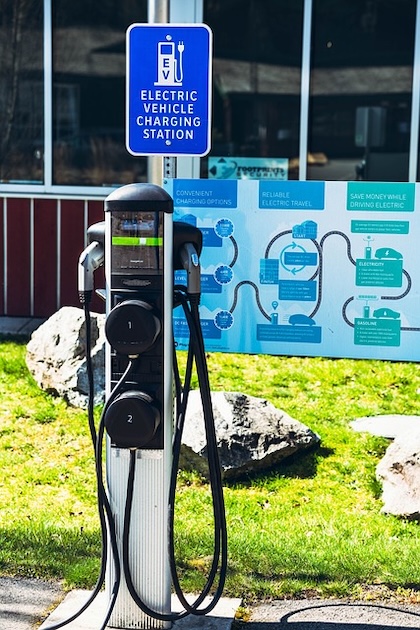
Critical Mass on Vehicle Fuel Choices
March 8, 2024
Droning There
March 22, 2024It’s a Gas, Gas, Gas.

Last week, we mentioned a gaggle of emerging alternative fuels and wondered if maybe we have too many choices for what we put in the tank.
The US Department of Energy maintains a list of alternative fuels, including:

Alternative Filling
Biodiesel: Renewable. Can be conjured from vegetable oil, animal fat, recycled cooking grease. Intended for diesel vehicles.
Electricity: For all-electric and plug-in hybrids
Ethanol: Renewable fuel from corn and other plant materials. Blended with gasoline.
Hydrogen: The most abundant element in the known universe. (Companies already have eyes on collecting hydrogen on the Moon and flying it back to Earth.) Potentially emissions-free. Can be processed from renewable resources and used in fuel cell electric vehicles
Natural Gas: Abundant in the United States. Typically much less expensive than gasoline and diesel.
Propane: Readily available. In wide use around the world for decades.
Renewable Diesel: Biomass-derived fuel for use in diesel engines.
Each of those categories carries some sort of financial incentive. For example, some electric and hybrid vehicles qualify for a $3,700 to $7,500 federal tax credit, with many states also offering incentives.
As for the emerging alternative fuels:
Biobutanol: Produced from the same elements as ethanol, yet more advanced (higher energy content, lower vapor pressure). Meets the greenhouse gas emission reduction threshold of 20% for renewable fuel.
Dimethyl ether: Synthetically produced diesel alternative. Designed for use with specially designed compression ignition diesel engines. Must be kept in pressurized storage tanks at an ambient temperature. Can be produced directly from synthesis gas produced form natural gas, coal, or biomass and indirectly from methanol. This one’s not yet commercially available in the country.
Methanol: Also known as wood alcohol. Has properties similar to ethanol. No longer in use or development as a commercial transportation fuel. At it’s peak (1990s), methanol use was almost six million gasoline gallon equivalents (100% methanol and 85% methanol/15% gasoline blends annually.
Renewable Gasoline: Produced from biomass sources. Chemically identical to petroleum gasoline. Can be used in existing engines.
As the US Department of Energy website describes it: “Renewable gasoline is not a commercially used fuel in the U.S. at this time, as there is an emphasis on electrification of the light-duty market.”
That’s where we wonder if there are too many choices. As we head steadily (yeah, maybe) toward “electrification,” some of those alternatives might get bought out and discontinued. Some might lose the all-important demand.
And then the next best thing, no doubt, will come along.

